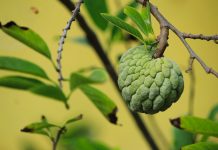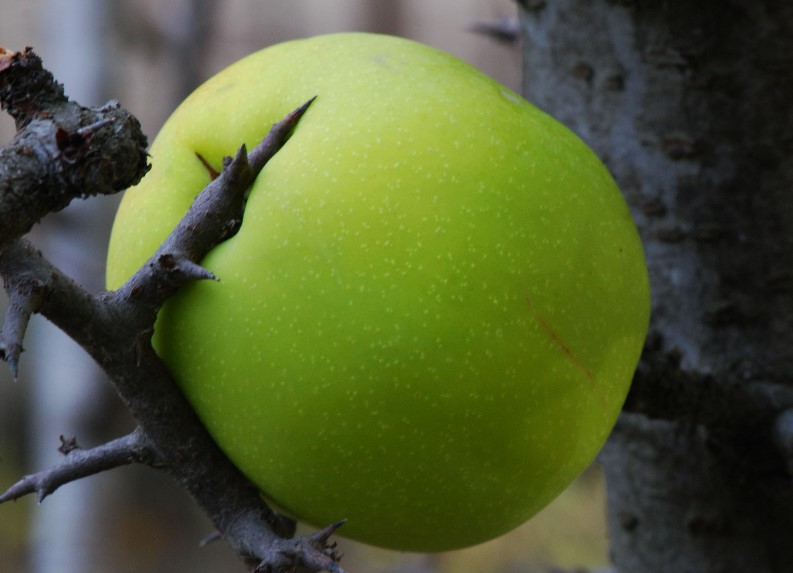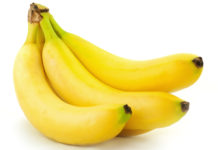Description
Do you know, what is the Difference Between Turnips and Rutabagas? There is nothing in the garden quite as unromantic as a turnip unless perhaps it’s rutabaga. It is strongly flavored and good at storing root vegetables; they are rarely invited to sit at formal tables. But they are good earthy peasant food. Most people insist on a bowl of buttered mashed turnips at Thanksgiving dinner, and they are also good cut up in soups.
Turnips are small, usually white, and have no necks rather like the children in Cat on a Hot Tin Roof. The leaves, which are green and fuzzy, sprout right from the root itself and are an excellent, nutritious cooked green especially tasty with pieces of ham, and slab bacon added. Some turnips have yellow flesh, others have white. Some varieties are grown for the root, others for the greens, and still others for both.
Rutabagas sometimes called “Swede Turnips”, are five or six inches in diameter and purplish. They look somewhat like rounded sweet potatoes. The flesh inside is typically yellow. There is a neck or crown one or two inches long, from which sprout smooth bluish leaves. Once got through a rather lean winter on the rutabaga crop; the tubers coated with paraffin and stored in the basement, lasted all winter long.
Both turnips and rutabagas are cool weather crops that get tough and woody and go to seed in hot weather. Which to grow? If you want an early spring crop, or want to grow cooking greens, choose turnips. For a fall crop that will keep a while in the ground and for a long time in your cellar, rutabagas are a better choice, and to some palates, they are sweeter tasting. But turnips are twice as fast to mature almost 35 to 60 days compared to rutabagas 90.
Select a Site
A sunny location is appreciated, but not essential. A 4 x 4-foot bed will give you up to twenty-five rutabagas and up to thirty turnips. Since both members belong to the cabbage family, try not to plant either where other cabbage vegetables have recently grown.
Select a Soil
Soil texture is important for both turnips and rutabagas, as it is for any root crop. Make the soil loose, well-drained, and well-ventilated by incorporating plenty of organic matter into it. Moreover, you should use rotted manure, compost or commercial bagged humus, and dig it into a depth of at least seven inches, especially for rutabagas, whose tubers are larger and whose root systems go down several feet. Therefore, both like a neutral pH but will tolerate a pH as low as 5.5. Moreover, lime the soil if it is more acid than pH 5.5.
Turnips are not very heavy feeders as vegetables go; the soil of moderate fertility is adequate with one exception. If you are trying to grow a spring turnip crop before hot weather comes, you do want fast growth. So give spring turnips a good dose of 5-10-10. Rutabagas like slightly richer soil than fall turnips. And make sure your soil has adequate phosphorus for foot development, no matter when you plant.
How to Plant
Well, spring turnips should be planted as early in spring as you can work the soil late winter in warm climates or set into pre-dug furrows even earlier than that, for fall turnips, wait until mid or late summer in the north, and even until late fall and winter in the south. Well, you can plant rutabagas in spring when the ground has warmed or in early summer in the north, allowing three months before the first average frost.
You can plant them in mid or late summer further south; to be sure the tubers are forming in cooler weather. Seeds are sown directly in the garden. They are very tiny, but try to get them about an inch apart. They should be sown ¼ inch deep in spring, but a ½ inch deep in warm weather, in well-moistened furrows. The seeds germinate quickly but do not like to come up through a crust, so just sift some compost or fine soil over the furrow and then keep it moistened.
Rows should be at least 15 inches apart for turnips, and at least 18 inches for rutabagas. When the seedlings are five to six inches high, thin them to three to four inches apart, eating the thinning as greens (young turnip leaves are even good raw in salads). Thinning is not as important if you are growing just for green; but tubers of both turnips and rutabagas need ample room to reach full size undisturbed, so be sure to think if you want to harvest those. Rutabagas should be thinned to at least six to eight inches apart to permit good root development.
Growing
Both crops require careful but frequent cultivation to keep the weeds down. Mulch will help, but be sure to sprinkle some lime on the soil first if the mulch is an acid one like bark. Turnips appreciate a good, deep soaking with water once a week if the weather is dry. Rutabagas are drought tolerant within reason since the roots go so deep.
The topdressing should not be necessary with either turnips or rutabagas as long as your soil is moderately fertile, except perhaps with spring turnips. But if you do top-dress, use a fertilizer that is high in phosphorus, one that is high in phosphorus, and one that is high in nitrogen only if you are growing turnip greens, not tubers.
Pests and Diseases
For the most part, the same ills that beset cabbage and other members of that family afflict rutabagas and turnips. Control root maggots by dusting the soil with wood ashes, and if necessary by covering seedlings with cheesecloth to keep off flies that lay the eggs from which the maggots hatch.
Small holes in the leaves indicate flea beetles, which can be hosed off or dusted with rotenone. Treat aphids the same way. Club-root and black-root are occasional problems. Rutabagas can rot in the center from insufficient boron in the soil, an affliction known as brown heart. If this condition appears, dig a little Borax into the soil and soak it thoroughly with a hose.
Harvest
Dig turnips when they are two or three inches in diameter. A few light frosts may improve the flavor of both tops and roots, but do not let them freeze solid. Cut off the tops and store the tubers in a cool place, just above 32 degrees. Harvest rutabagas while the ground is still soft enough to dig, and cut off the tops and any long roots projecting from the tuber. Store them the same way you do turnips burying them in a container of barely moist sand will help keep them from drying out.
Dipping them in paraffin will also prolong their keeping time, as it will keep moisture from escaping from the tubers. Just scrape off the paraffin along with the skins when you peel them for cooking. Turnip greens can be eaten as early as you do you’re thinking and as late as a month or so after planting. If you are growing a root turnip crop, you can still harvest a few outer leaves from the plants occasionally to make a meal of greens. But do not cut off all the greens if you want to harvest the tubers at least not until it is time to dig the tubers up.
Varieties
For early turnip crops, grow all seasons, while flat, shogoin, Tokyo Cross, just right, Tokyo Market, Jersey Lily, or Extra Early White. For greens grow Seven Top, Shogoin, all top hybrids, or Just right, Purple Top White Globe and Aberdeen yellow are good for fall and for storage. The standard rutabaga varieties are American Purple Top, Laurentian, Long Island Improved, and Macomber, a white-fleshed type that keeps very well. We’re sure, after reading this article you can make a Difference Between Turnips and Rutabagas.
Read About – Butcher’s Broom! The Fruits Grow on their leaves







